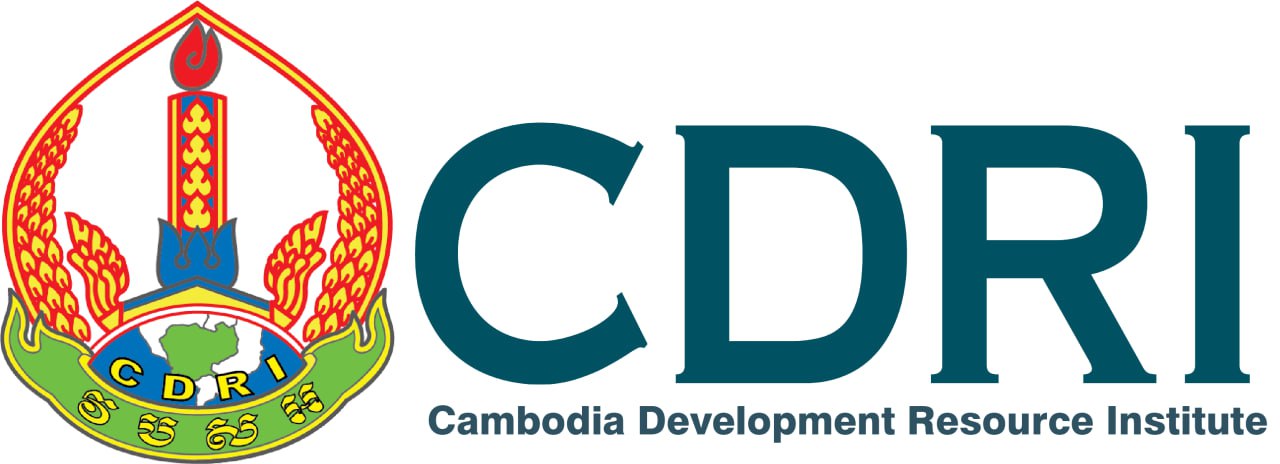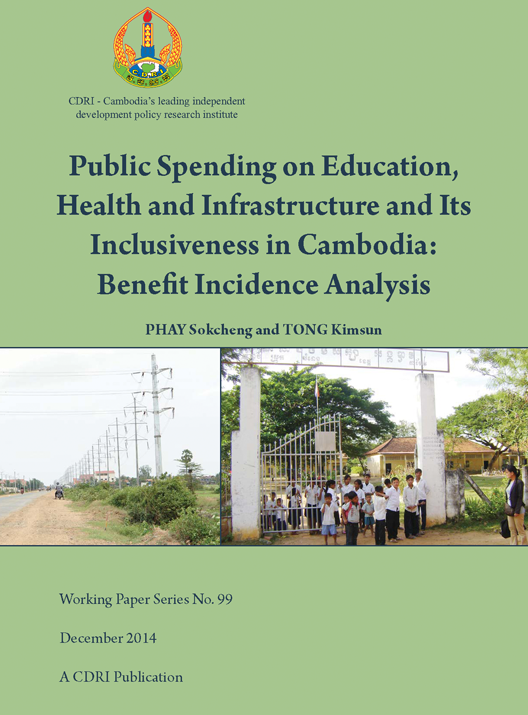
Public Spending on Education, Health and Infrastructure and Its Inclusiveness in Cambodia: Benefit Incidence Analysis
This paper examines public spending on education, health and infrastructure in Cambodia. Using benefit incidence analysis (BIA), marginal benefit incidence analysis (MBIA) and the nationally representative household survey data from the Cambodia Socio-Economic Survey (CSES) in 2004, 2009 and 2011, the paper examines whether governmen...
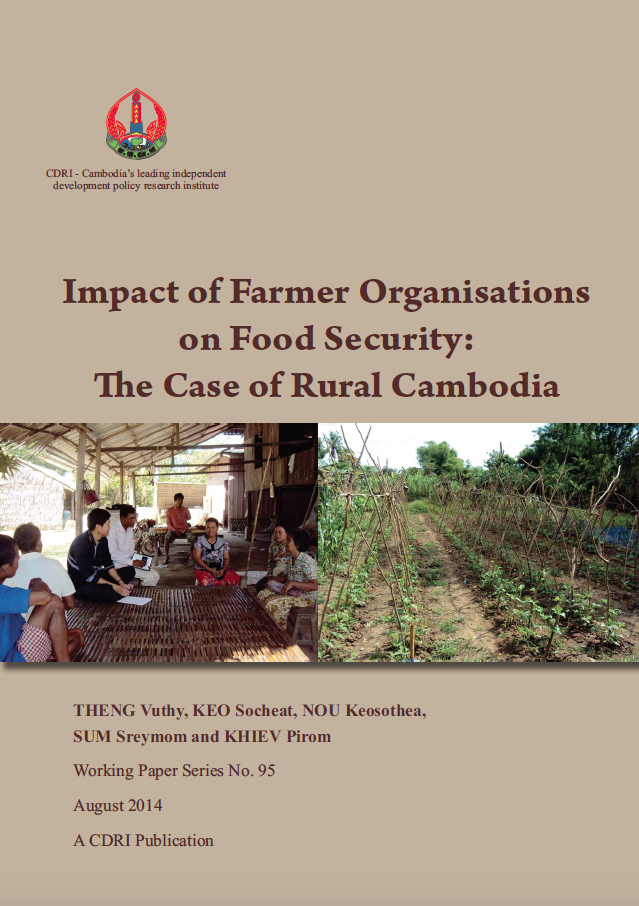
Impact of Farmer Organisations on Food Security: The Case of Rural Cambodia
This study assesses the impact of participation in farmer organisations (FOs) on the food security of rural households in Cambodia. The study was started in November 2010 and completed in June 2012. The study set out to: (1) examine the roles, operations and challenges of FOs in improving household food security; (2) analyse the household characte...
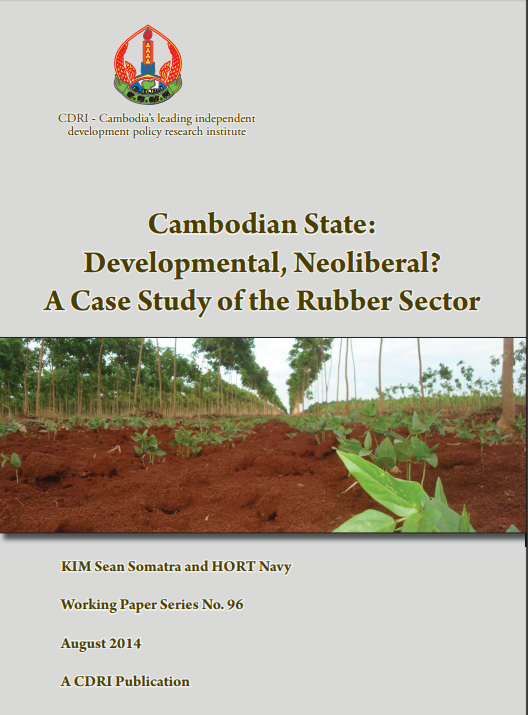
Cambodian State: Developmental, Neoliberal? A Case Study of the Rubber Sector
The majority of studies of governance reform in Cambodia look at the impact on democratic consolidation; not enough attention is given to development. This paper aims to understand how reforms have impacted the state’s ability to support economic growth, using the framework of developmental state with a focus on four characteristics. Based on a...
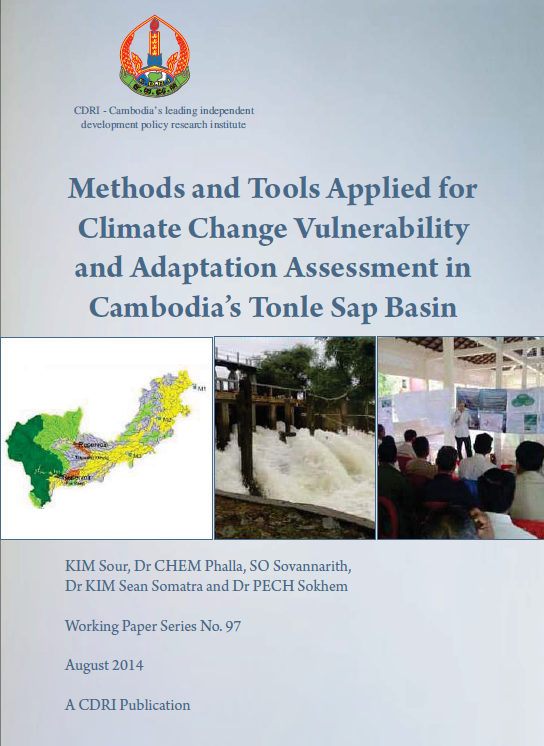
Methods and Tools Applied for Climate Change Vulnerability and Adaptation Assessment in Cambodia’s Tonle Sap Basin
Cambodia is highly susceptible to natural disasters due to the frequency and intensity of extreme climatic events, primarily floods, droughts and windstorms, but also in particular to increased climate variability.These disasters and climate-related hazardshave exacted huge socioeconomic costs on the country’s economy and people’s liveli...

Cambodia’s Skill Gap: An Anatomy of Issues and Policy Options
There is growing consensus that an emerging skill gap could impose human costs and constraints on Cambodia’s economic growth and development. The country is facing a shortage of skilled human resources even for low-to-medium skill intensive industries. There is a widening gap between the skills that industries and businesses need and what the e...
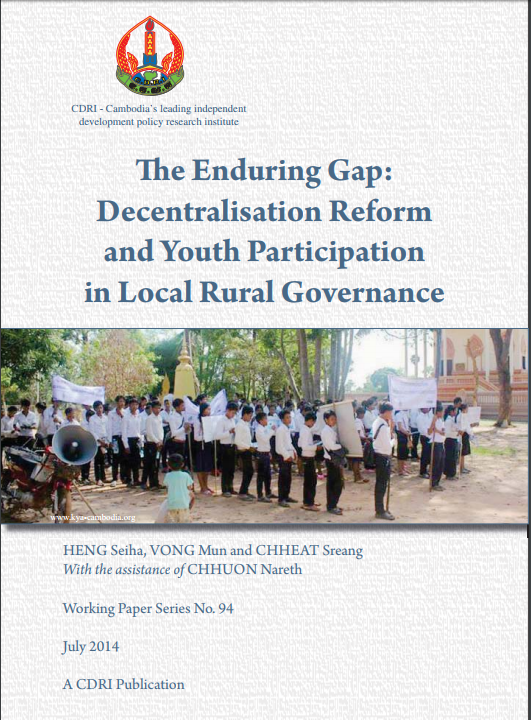
The Enduring Gap: Decentralisation Reform and Youth Participation in Local Rural Governance
To understand the contribution of the decentralisation reform to youth participation in local rural governance, this paper reviews empirically how youth have utilised the participatory opportunities enabled by the decentralisation reform based on three themes: civic, political and electoral. The findings suggest that despite decentra...
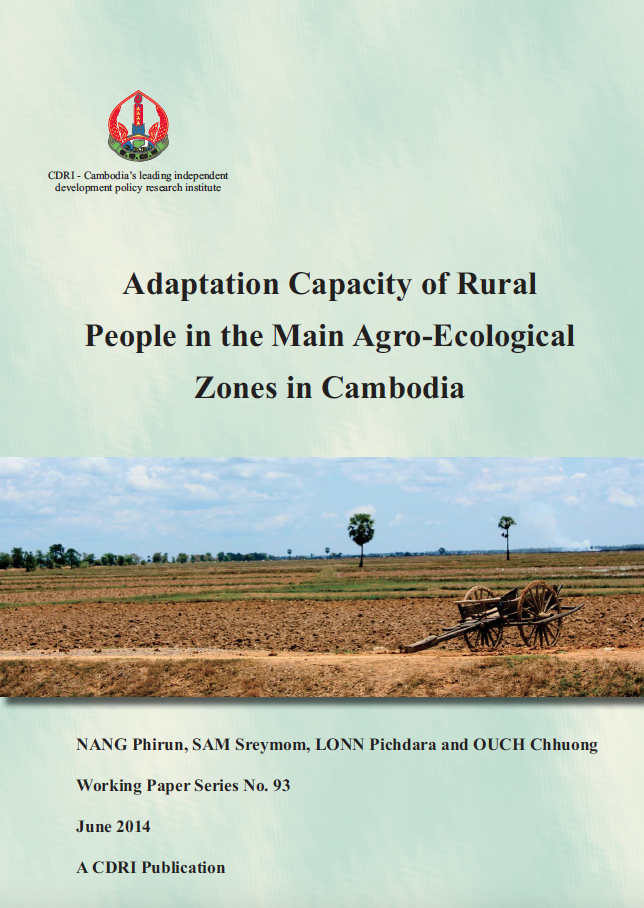
Adaptation Capacity of Rural People in the Main Agro-Ecological Zones in Cambodia
Cambodia is divided into four agro-ecological zones—the Tonle Sap plain, Mekong plain, mountains/plateau and coast—representing heterogeneous agricultural activity, population and livelihood systems (UNDP 2011b). Climate change impacts and the adaptive capacity of the people differ from one zone to another. Adaptation measures have varied according...
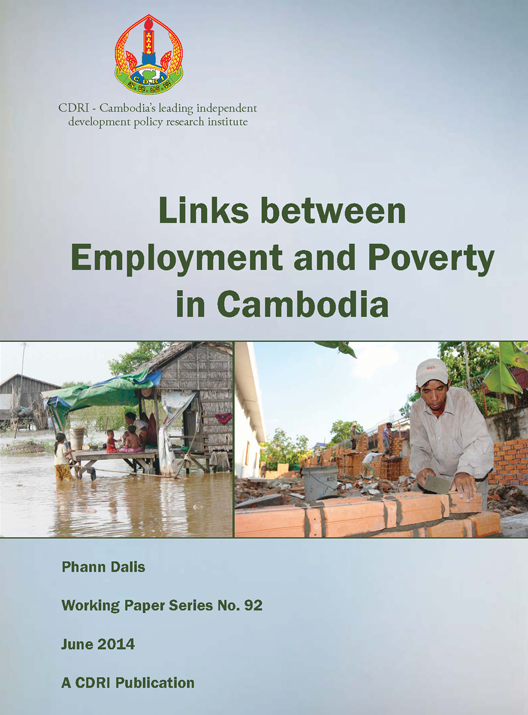
Links between Employment and Poverty in Cambodia
This paper explores labour market structure and employment links to poverty in Cambodia. Employment elasticity of growth, labour productivity and real wage growth are the main indicators of the labour market situation, while probit models estimate the connection between household employment and poverty likelihood. The paper combines macro and m...
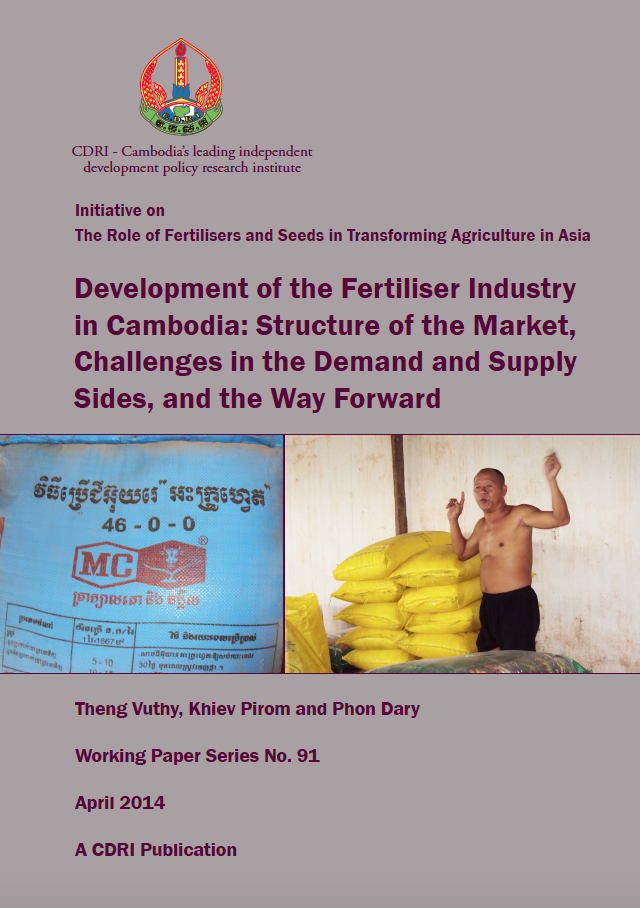
Development of the Fertiliser Industry in Cambodia: Structure of the Market, Challenges in the Demand and Supply Sides, and the Way Forward
Agriculture plays a crucial part in Cambodia’s economy, accounting for about 27.3 percent of GDP in 2010. The sector engages at least 59 percent of the economically active population, and over 90 percent of the population lives in rural areas where agricultural activities remain the primary source of livelihood. Agricultural growth, on average, was...
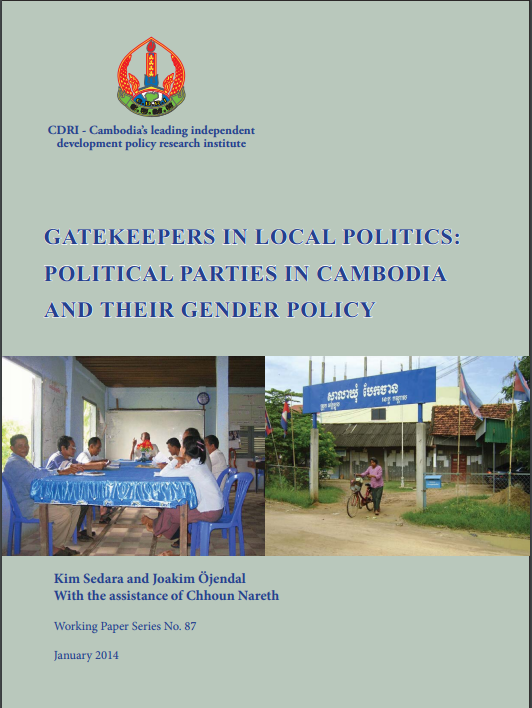
Gatekeepers in Local Politics: Political Parties in Cambodia and Their Gender Policy
Gender issues have become a part of mainstream Cambodian politics over the last decade, and gender-neutral electoral systems have been developed in cooperation between donors and government. Female representation has been achieved primarily through direct and indirect elections at different levels. And although Cambodia is a male-dom...
